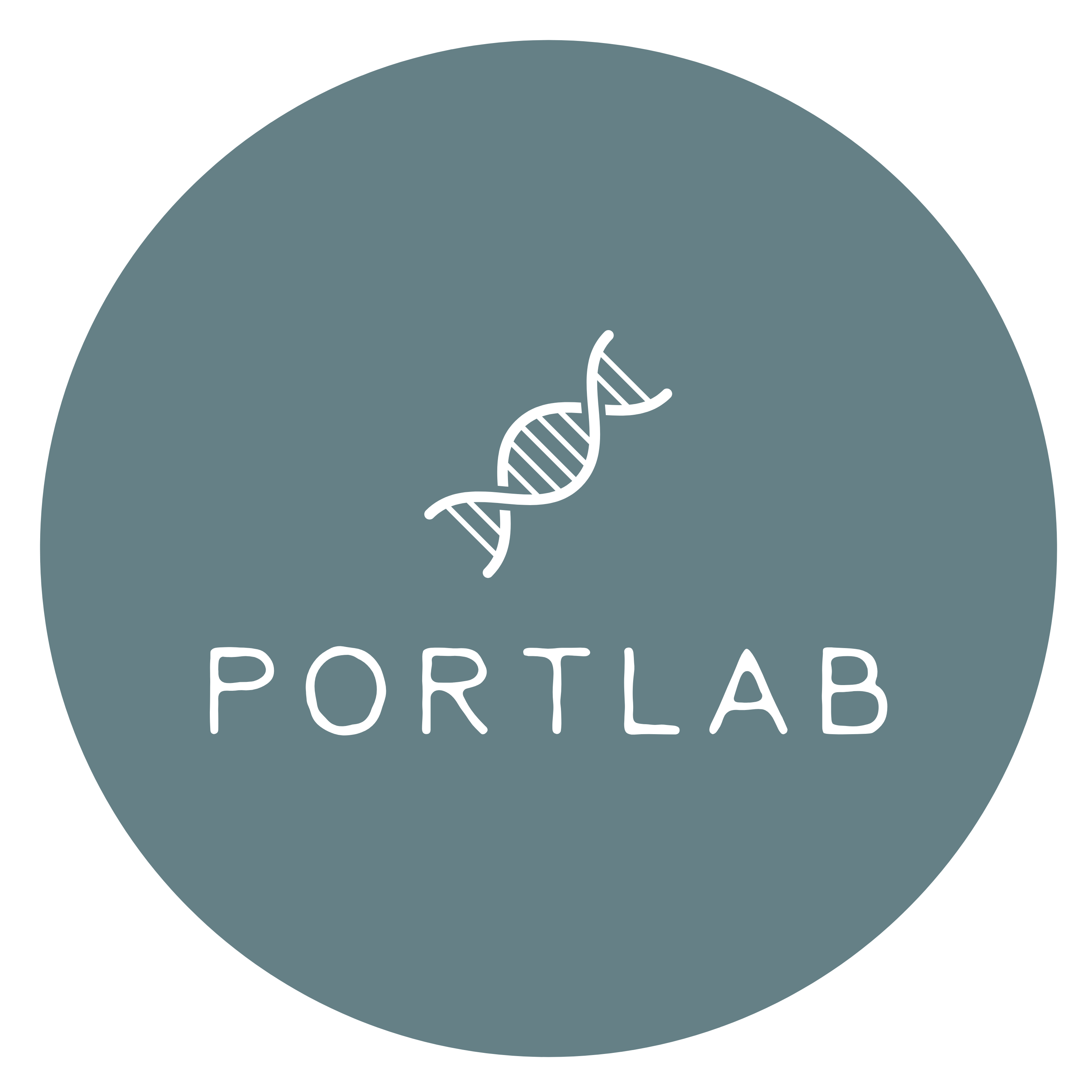Ph.D. in biology at the University of Illinois, Urbana-Champaign, IL
Courses Taught – Genetics and Society (BIO 127), Evolutionary Foundations of Biodiversity (BIO 150), Intermediate Genetics (BIO 233), Evolutionary Medicine (BIO 272), Biology of Reproduction (BIO 275), Island Biology (BIO 287), Evolutionary Genetics (BIO 324), Writing and Rhetoric - Human Migrations (WRI 120), McNair Research Writing (WRI 237)
 Research – My work in general focuses on using molecular genetic tools to answer ecological and evolutionary questions. I also often mentor students on their own original research projects, if the project is feasible and intersects with my knowledge and skill set. Right now, the main projects ongoing in my lab are:
Research – My work in general focuses on using molecular genetic tools to answer ecological and evolutionary questions. I also often mentor students on their own original research projects, if the project is feasible and intersects with my knowledge and skill set. Right now, the main projects ongoing in my lab are:
- Genetics and evolution of fat storage proteins in a model organism - Fat (or lipid) storage and metabolism are important to the energy needs of multi-celled organisms like animals, but the genetic basis of such functions is often best studied in single-celled organisms such as the freshwater ciliate Tetrahymena. Several other labs at St. Olaf (Cole, Kandl, Listenberger) study aspects of lipids in Tetrahymena, and my lab benefits from collaborative connections with these colleagues. In my lab, we: 1) create DNA molecules to test effects of changing expression levels of genes of interest on fat storage and regulation in Tetrahymena cells; 2) analyze DNA sequences of these genes of interest to determine their evolutionary roots.
- Tetrahymena DNA barcoding - Different species have different DNA sequences, and finding and characterizing those differences (i.e., their unique DNA barcodes) can facilitiate species identification. Students in my lab have used DNA sequencing to identify the species of Tetrahymena populations collected in several US states, and phylogenetically analyze their relationships to other species.
- Effects of microplastics on Tetrahymena cells - Meheware Abiy ('26) brought this project to my lab after his Cell Biology lab group experimented with the effects of microplastics on Tetrahymena cell survivorship. Meheware leads efforts to measure expression of stress-related genes under different times and concentrations of microplastics exposure. Even though Tetrahymena is a single-celled organisms, at a cellular and gene expression level they are similar to other taxa, like humans, and thus our findings can
- Effects of Manganese Labeling on Balanophyllia elegans - Anne Gothmann (Physics & Enviromental Studies) works on, among other things, using coral skeleton growth as a way to study climate change. Exposing corals (such as the coldwater coral Balanophyllia elegans) to manganese is one way to label and measure their skeleton grwoth. But does the manganese exposure harm the corals in any way? Prof Gothmann and I jointly mentor Evgenia Roth ('25) as she uses gene expression analyses to determine stress levels and types in coral animals that were explosed to manganese.
If any of these projects sound interesting to you, or if you have a research idea that you'd like to discuss, come on by and chat with me. In my office, there is a comfortable couch and (usually) fruit snacks!